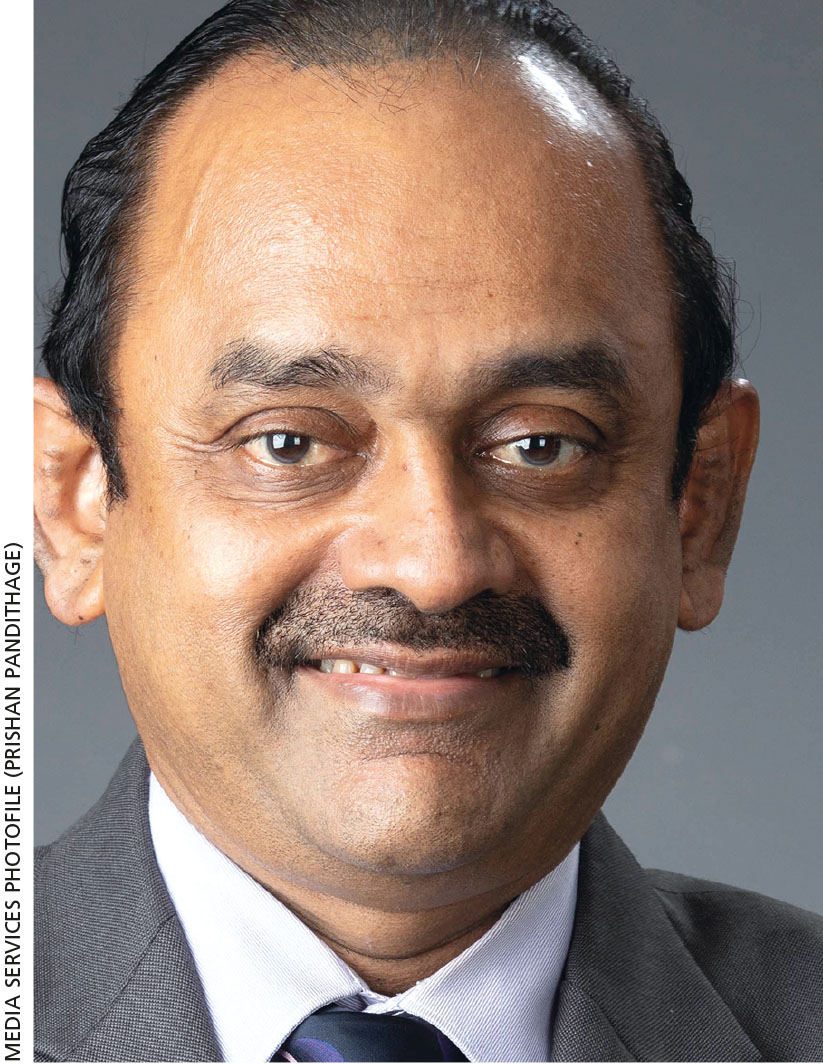BRAND INVESTMENT
Marketing Accountability
Sujeewa Rajapakse discusses the importance of measuring the outcome of branding activities
Compiled by Yamini Sequeira
Commenting on the 18 years of the publication of Sri Lanka’s Most Valuable Brands in the Brands Annual, Sujeewa Rajapakse says that “brands are increasingly becoming one of the most valued assets a company possesses.”
 “In a heavily cluttered world where customers are bombarded with various messages, it is important to build brands that offer clear value and earn trust,” he stresses, stating: “Therefore, most organisations today invest substantial resources in building brands.”
“In a heavily cluttered world where customers are bombarded with various messages, it is important to build brands that offer clear value and earn trust,” he stresses, stating: “Therefore, most organisations today invest substantial resources in building brands.”
Rajapakse continues: “Given the intangible nature of brands, it’s important that there is a credible measurement mechanism to evaluate their strength. In this context, the Brands Annual plays a crucial role in enabling organisations to assess whether they’re heading in the right direction.”
Strong branding can command customer loyalty but the equity of powerful brands may not always reflect the investment in building them. A clear gap exists in terms of marketing and finance.
Elaborating on this, Rajapakse notes: “Finance deals with measurable specifics based on numbers. In most cases, it looks at the impact of an activity that has already taken place.”
“On the other hand, branding deals with a notion in the customer’s mind; and most of the time, investing in a brand will deliver results in the long run, which makes it difficult to quantify ROI. So there is a significant difference between these two disciplines, which results in a gap,” he remarks.
In his view, one way to bridge this gap is to ensure that professionals in both disciplines consider each other’s perspective by fostering an environment for open and objective discussion – although this is easier said than done.
“Another way to overcome this stumbling block is to consider external case studies to understand the value of branding and how effectiveness measurement techniques can be improved,” Rajapakse adds.
As for how marketing efficiencies can be improved, he believes that due to the subjective nature of the discipline, it is important to establish mechanisms to measure results.
This can be achieved through the likes of research or measuring sales volumes, pricing advantages, new customer acquisitions during campaigns and so on. Once the measurement criteria are in place, marketing activities can be analysed and efficiencies improved.
Rajapakse believes that marketing accountability is imperative: “Given the substantial resources allocated to the marketing function, it’s important that there is accountability and transparency.”
“One vital component to achieve this objective is having appropriate key performance indicators (KPIs) in place. A part of their remuneration can also be linked to results generated through marketing efforts,” he suggests.
But he points to other considerations too: “The challenge here is that unlike sales, marketing results cannot be expected immediately. External measurements such as brand ratings can play a major role to ensure accountability.”
“Branding in the banking sector is all about trust due to its intangibility. As such, branding plays a key role, which is why the sector is among the top marketing spenders in the country,” Rajapakse says.
He explains: “One of the stiffest marketing challenges faced by banks is maintaining an appropriate balance between long-term brand building and short-term sales orientation. One must understand that you can be everything to someone or something to everyone but not everything to everyone.”
A brand serves as the identity of a financial services institution, and represents its values and traits. Although banks have been around for centuries, the fierce competition prevailing today means that brand building and equity are critical pillars of their long-term sustainability.




